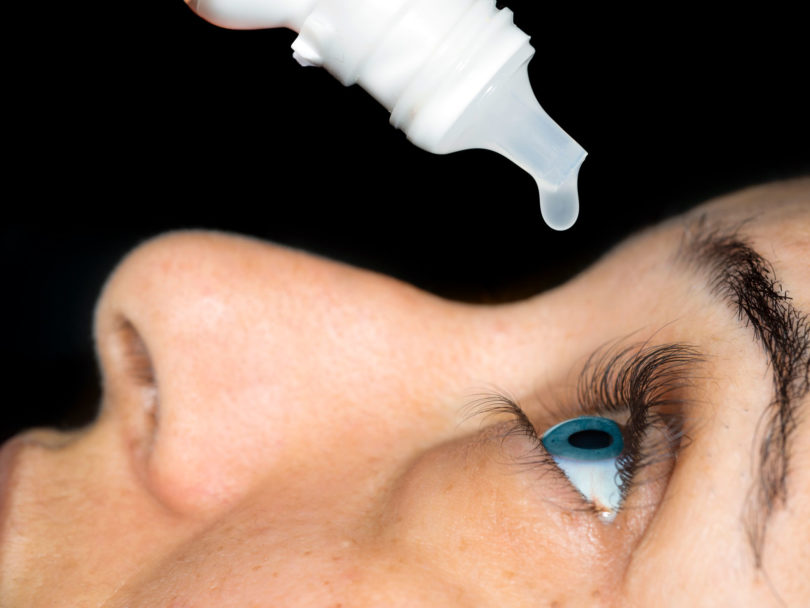Dry eye syndrome, or DES, is the number one reason nationwide for people to seek eye care. Studies indicate that 5 to 30 million people suffer from DES, with it being more prevalent in women. In early stages, it is an insidious, tolerable condition, and as such makes us think it’s not serious. The truth is DES is a very complex, multifactorial ocular surface condition that is often underdiagnosed and undertreated. In its moderate and severe stages, DES can be a debilitating and even vision-threatening condition.
I’d like to dispel the myth that DES is an older person’s disease. It is true there are more patients with DES over age 50. However, a large proportion of dry eye sufferers are under the age of 50. This is where patients and doctors are missing the boat.
DES is in part an aging phenomenon, part autoimmune disease and part due to destruction of important glands in the eyelids, called Meibomian glands, that supply oils that stabilize the tear film. We can use a number of drugs including topical and oral antibiotics, steroids and immunomodulation therapy (Restasis, Xiidra). Lid hygiene, warm compresses and omega-3 fatty acids are also used. Lipiflow, a new treatment procedure, also can be beneficial to those with obstructed Meibomian glands. It is important to realize DES is a chronic and progressive disease and some aspects of the damage are irreversible, resulting in a lifetime of irritation, discomfort and vision problems. DES is, however, treatable, and the earlier the better.



